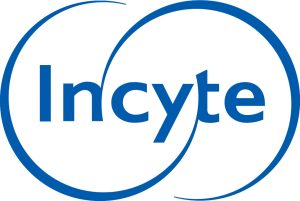The correct answer is D. Ichthyosis vulgaris.
The case describes atopic dermatitis (AD), and the image presents papular eczema, a presentation more common in skin of color. Between 20-50% of patients with AD have at least one filaggrin mutation. Deficiencies in filaggrin are not exclusive to AD and are also seen in: keratosis pilaris, ichthyosis vulgaris, and hyperlinear palms. Filaggrin mutations are associated with early-onset disease, increased disease severity, and increased risk for irritant contact dermatitis, hand eczema, HSV infections, and food allergies. Breakdown products of filaggrin such as histidine, are related to epidermal hydration, acid mantle formation, lipid processing, and barrier function integrity.
The corresponding mutations in erythrokeratoderma variabilis are GJB3 (Connexin 31) and GJB4 (Connexin 30.3). Antibodies to desmoglein 3 (+/- Dsg 1) are seen in pemphigus vulgaris. The corresponding mutation in AR monilethrix is desmoglein 4.
References:
Irvine AD, McLean WHI, and Leung DYM: Filaggrin mutations associated with skin and allergic diseases. N Engl J Med 2011; 365: pp. 1315-1327
Peter H. Itin, Susanna K. Fistarol, Palmoplantar Keratodermas, Clinics in Dermatology, Volume 23, Issue 1, 2005, Pages 15-22, ISSN 0738-081X, https://doi.org/10.1016/j.clindermatol.2004.09.005.
Brought to you by our brand partner

